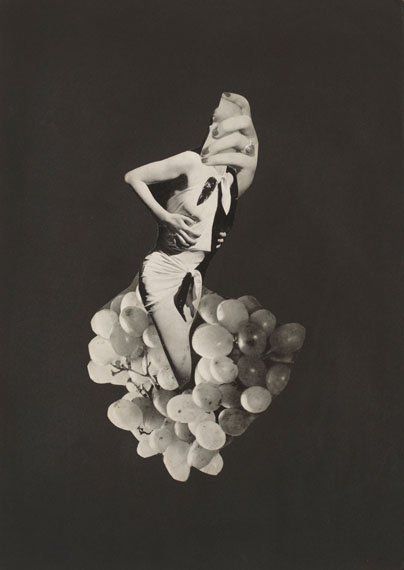
Ei-Q »
EI-Q 1935-1937: Seeking the 'Real' in the Dark
Exhibition: 22 Nov 2016 – 12 Feb 2017
National Museum of Modern Art
3-1 Kitanomaru Koen, Chiyoda-ku
102-8322 Tokyo
+81-3-32142561
Tue-Sun 10-17 . Thu,Fri 10-20
Ei-Q (real name: Sugita Hideo, 1911-1960) is an artist who made a stunning debut in the art world with a collection of photo-dessins entitled Nemuri no riyu ( Reason of Sleep ) and later pursued images of his own making free use of various media including prints and oil painting.
Photo-dessin is a technique in which an image is fixed by placing actual things such as wire or net and paper cut out into different shapes on photosensitive paper and exposing them to light. Employing this method, Ei-Q tried to grasp the reality of the 1930s, a period during which machine civilization developed. However, all the critics pointed out was the novelty of the technique and the influence of the European avant-garde without any discussion of the essential quality of the artist. The letters Ei-Q wrote to his friend in those days show how greatly tormented he was by the gap between what he was aiming at and how the people around him regarded his work.
Yamada Koshun ( 1912-1981 ), an artist and the friend who received these letters, is known for having written a detailed critical biography of Ei-Q after his death. We recently acquired the bulk of the works and materials which formerly belonged to Yamada. Among them are not only Ei-Q’s debut work, Reason of Sleep, but also a series of collages produced after his debut and the following year, in which mysterious images float in the dark. There are many valuable works dating from his early years, which have never been shown in public before. In this exhibition, with focus on the period between 1935 and 1937, before and after he made his debut, by examining his works and letters together, we hope to bring the aspect of this young artist who was struggling hard to grasp the reality ( what he called the “real” ) of the age in which he was living into relief.